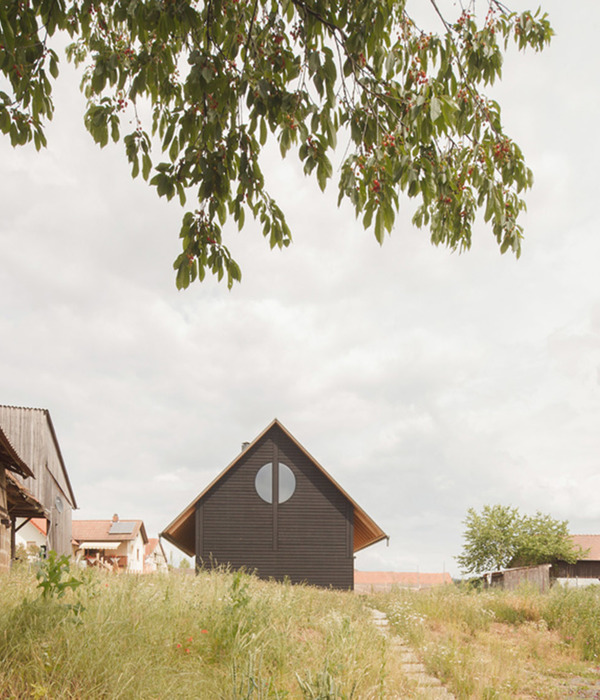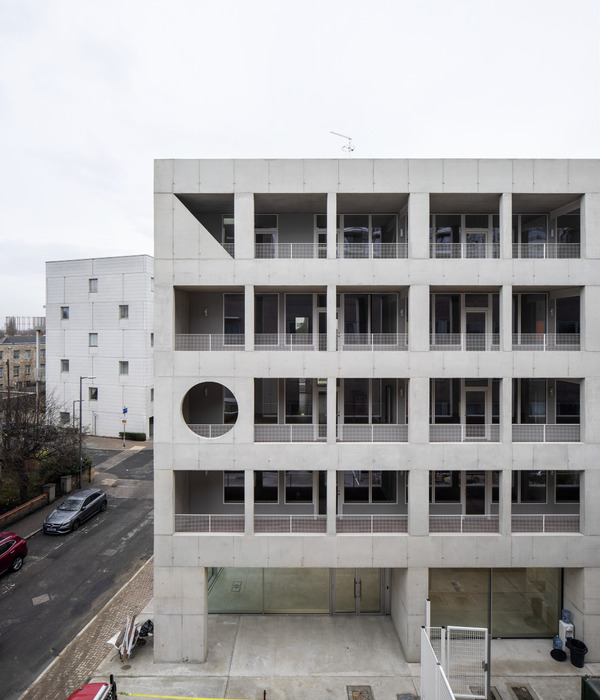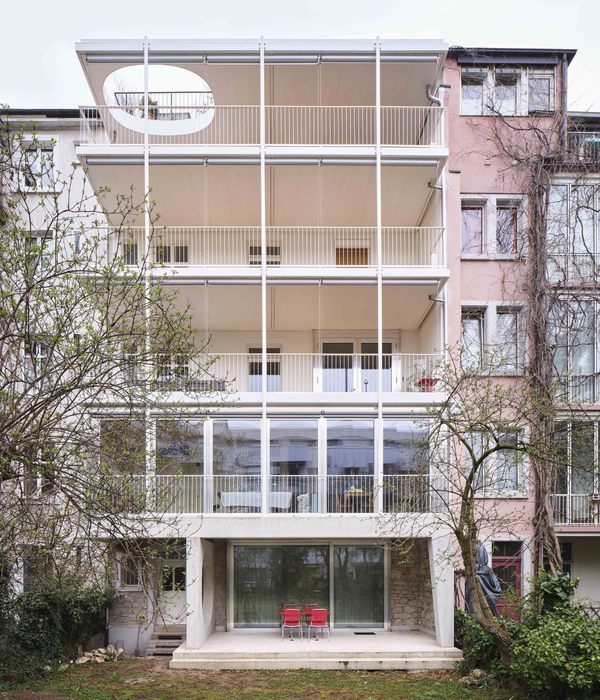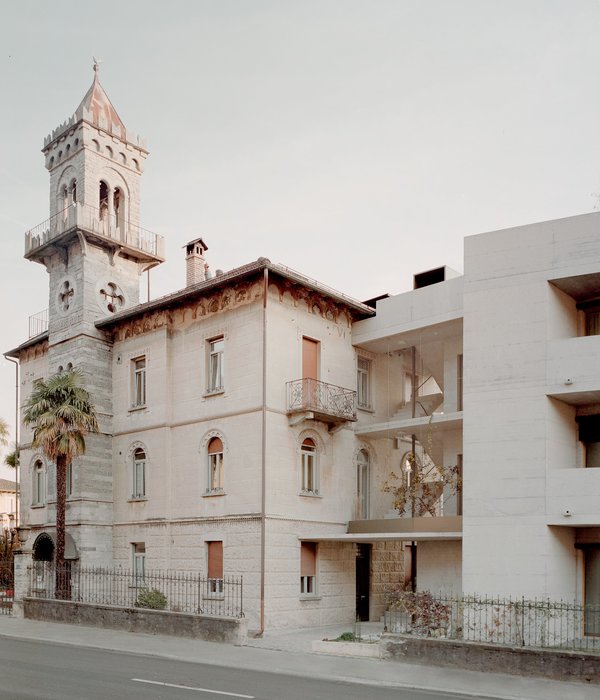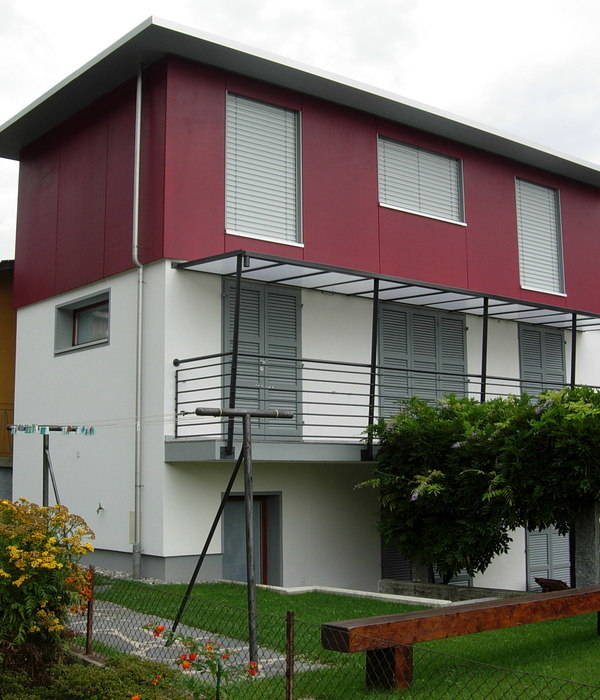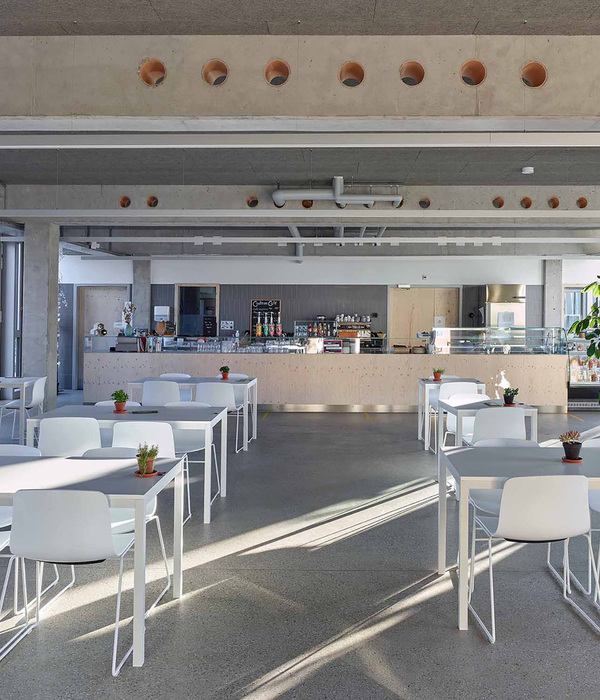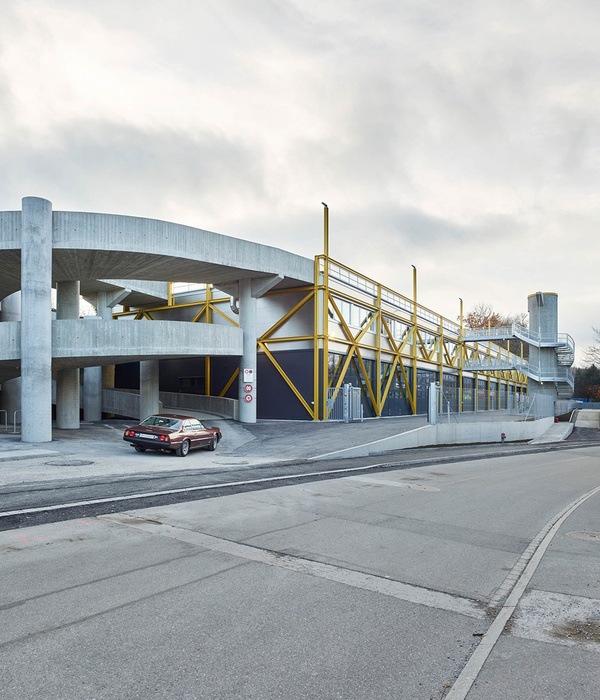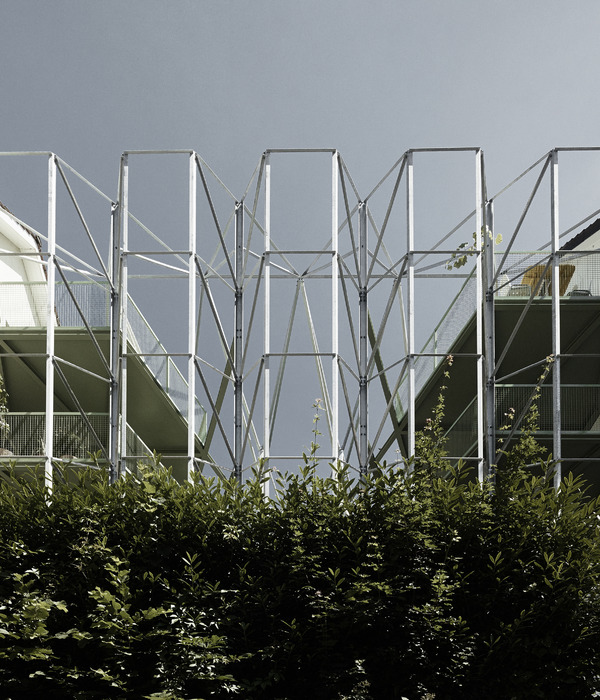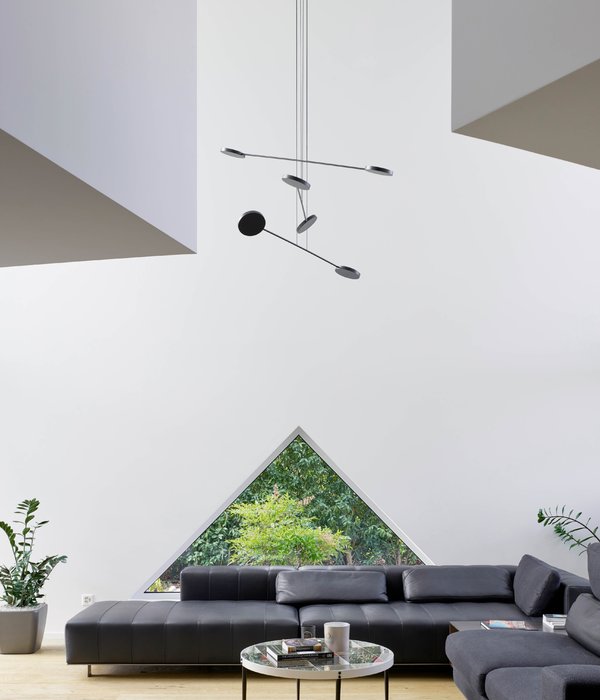The new, semi-transparent, white Sainsbury Wellcome Centre for the UCL campus was designed by Ian Ritchie Architects
从1959年起,伦敦学校新的圣斯伯里韦尔康中心刚刚完成,取代了一个现有的大学化学研究中心。该项目由伊恩·里奇建筑师设计,是一个最先进的实验室,将成为盖茨比计算神经科学小组(GCNU)的新家。
里奇和他的团队在一次国际比赛后赢得了这个项目。他们于2009年被任命为这个鼓舞人心、前沿的神经科学实验研究中心,需要一个适应能力强、思维超前的国家。
该大楼由盖茨比慈善信托基金和惠康中心开发,最低运作年限为60年。它还应提供隐私,并保护敏感的研究不被忽视经常与这样一个中心伦敦的相关问题。最后,研究人员容易获得服务,灵活性对业主也很重要。
在清洁的,轻轻的半透明的铸造玻璃表面没有什么提示,以开创性的研究正在进行的内部。上面的楼层被保护在波浪状的正面后,投射在人行道上,形成了一个令人愉快的公共立柱。由德国制造商Linit/GlasFabrik Lamberts专业生产,结构玻璃立面使整个建筑从内部发光时,在夜间照明。
玻璃的发明用途不在此停止:专家材料具有高的热性能,这意味着建筑物不需要“任何周边加热”,以确保建筑师。同时,Windows被战略性地放置在立面上,使得用户可以根据需要轻松地打开或关闭它们,从而允许新鲜空气自然地在内部循环。
Covered in translucent cast glass, the building will be the new home for the Gatsby Computational Neuroscience Unit (GCNU)
The building's top floors project out over the pavement, creating a pleasant public colonade on ground level
Windows are strategically placed on the façade, so that users can easily open or close them as needed, allowing fresh air to circulate naturally
The centre will house an inspiring, cutting edge hub for experimental neuroscience research
The structure was designed to offer privacy from overlooking issues frequently associated with such a central London location. A green terrace on the top level allows users to enjoy the cityscape.
keywords:British architecture, Education architecture, London architecture
关键词:英国建筑,教育建筑,伦敦建筑
{{item.text_origin}}

